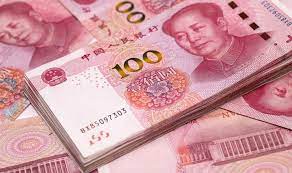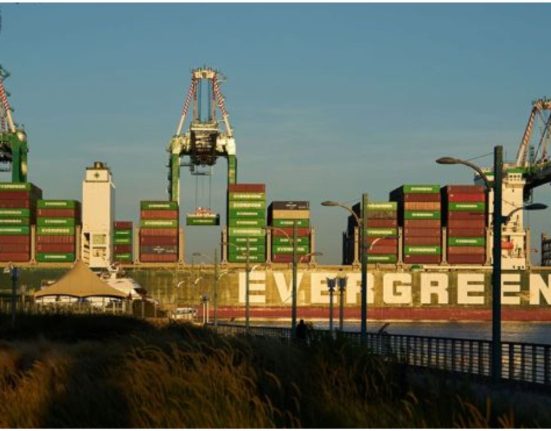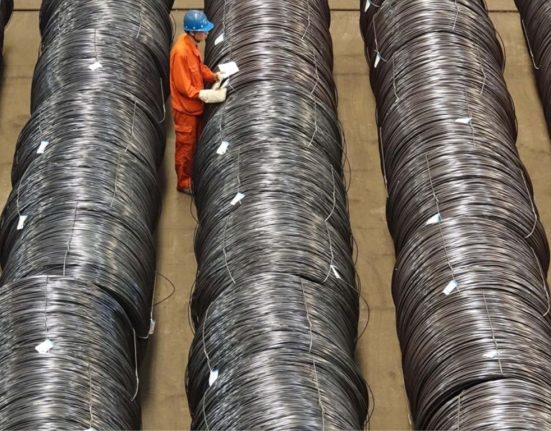China’s economic growth is set to rebound in the second quarter, surpassing the previous quarter’s performance and demonstrating signs of recovery after a slowdown earlier this year. Premier Li Keqiang announced that the nation’s GDP growth is projected to reach the annual target of approximately 5%. With a year-on-year GDP growth of 4.5% in the first three months, China has been actively working to regain momentum. This article delves into the details of China’s economic performance, highlighting the anticipated growth in Q2 and its implications for the nation’s overall economic stability.
China’s Q2 Economic Growth Set to Outpace Q1
China’s economic outlook shows promising signs as it prepares to leave behind the sluggish growth of the first quarter. The year-on-year GDP growth of 4.5% during Q1 highlighted a substantial slowdown in momentum. However, Premier Li Keqiang’s recent statement suggests that the second quarter is poised for a significant recovery. With the projected growth exceeding the first quarter’s figures, China is on track to meet its annual economic growth target of around 5%.
Factors Influencing China’s Economic Recovery
Several factors contribute to China’s anticipated economic recovery in the second quarter. One of the key drivers is the effective implementation of supportive policies by the Chinese government. These policies include tax cuts, increased infrastructure investments, and reforms aimed at bolstering domestic consumption. Such measures have helped stimulate business activity, enhance consumer confidence, and boost economic growth.
Furthermore, China’s effective control over the COVID-19 pandemic has been instrumental in reviving economic activities. Strict containment measures and widespread vaccination campaigns have significantly reduced the spread of the virus, allowing businesses to operate with fewer restrictions and consumers to regain confidence in spending. As a result, industries such as manufacturing, services, and retail are witnessing a gradual return to normalcy, further fueling economic recovery.
Manufacturing Sector’s Role in China’s Economic Rebound
China’s manufacturing sector, often considered the backbone of its economy, plays a pivotal role in the country’s economic rebound. As global demand picks up, China’s manufacturing activities have gained momentum, driving production and exports. The nation’s robust industrial base, supported by its skilled workforce and efficient supply chains, has positioned it favorably to benefit from the global recovery.
Moreover, China’s emphasis on technological advancements and innovation has further strengthened its manufacturing sector. Investments in emerging technologies such as artificial intelligence, 5G, and electric vehicles have not only bolstered domestic production but also enhanced China’s competitiveness in the global market. These developments are expected to contribute significantly to the country’s economic growth in the second quarter and beyond.
Challenges and Risks Ahead
Despite the positive outlook, China’s economic recovery still faces challenges and risks that could potentially hinder its growth trajectory. One of the key concerns is the ongoing global supply chain disruptions. The pandemic-induced disruptions, coupled with geopolitical tensions, have resulted in shortages of critical components and increased production costs. These challenges may hamper China’s manufacturing sector and impact its export-oriented growth model.
Additionally, rising inflationary pressures pose another risk to China’s economic recovery. Increased commodity prices and higher production costs could strain businesses, potentially leading to reduced consumer purchasing power and affecting overall economic stability. The Chinese government will need to closely monitor these challenges and implement appropriate measures to mitigate their impact.
Implications for China’s Economic Stability
China’s projected economic growth in the second quarter, along with its determination to meet the annual target, holds significant implications for the nation’s economic stability. A strong recovery in GDP growth will foster job creation, reduce unemployment rates, and contribute to overall social stability. Moreover, achieving the annual target will reinforce China’s position as a global economic powerhouse, exerting positive influence on global markets and trade.
Furthermore, China’s economic rebound presents opportunities for international cooperation and collaboration. The country’s sustained growth provides a stable market for international businesses, attracting foreign investments and strengthening economic ties between China and other nations. As China continues to prioritize economic development, it remains a crucial player in shaping the global economic landscape.
Conclusion:
China’s economic growth is expected to surge in the second quarter, surpassing the first quarter’s performance and driving the nation closer to its annual target of approximately 5% GDP growth. Supportive government policies, effective pandemic control measures, and a resurgent manufacturing sector have played key roles in revitalizing the economy. However, challenges such as supply chain disruptions and inflationary pressures pose risks that must be managed effectively. The successful achievement of the annual growth target will not only enhance China’s economic stability but also impact the global economic landscape. As the world closely observes China’s recovery, its performance will shape international trade, investment opportunities, and collaboration in the years to come.










